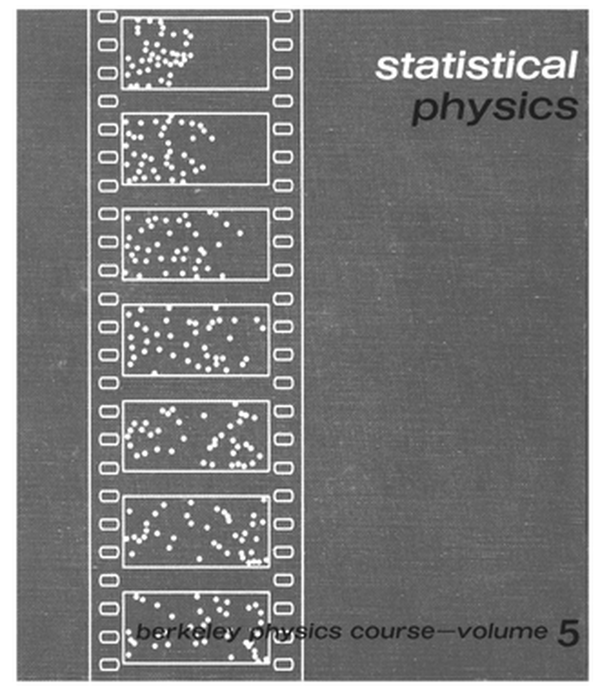The Personal Story of the Science in This Book
I can trace the beginning of my serious interest in the kinds of scientific issues discussed in this book rather accurately to the summer of 1972, when I was twelve years old. I had bought a copy of the physics textbook below, and had become very curious about the process of randomization illustrated on its cover. But being far from convinced by the mathematical explanation given in the book, I decided to try to simulate the process for myself on a computer.
The computer to which I had access at that time was by modern standards a very primitive one. And as a result, I had no choice but to study a very simplified version of the process in the book. I suspected from the start that the system I constructed might be too simple to show any of the phenomena I wanted. And after much programming effort I managed to convince myself that these suspicions were correct.
Yet as it turns out, what I looked at was a particular case of one of the main kinds of systems—cellular automata—that I consider in this book. And had it not been for a largely technical point that arose from my desire to make my simulations as physically realistic as possible, it is quite possible that by 1974 I would already have discovered some of the principal phenomena that I now describe in this book.
As it was, however, I decided at that time to devote my energies to what then seemed to be the most fundamental area of science: theoretical particle physics. And over the next several years I did indeed manage to make significant progress in a few areas of particle physics and cosmology. But after a while I began to suspect that many of the most important and fundamental questions that I was encountering were quite independent of the abstruse details of these fields.
And in fact I realized that there were many related questions even about common everyday phenomena that were still completely unanswered. What for example is the fundamental origin of the complicated patterns that one sees in turbulent fluids? How are the intricate patterns of snowflakes produced? What is the basic mechanism that allows plants and animals to grow in such complex ways?

The book cover that originally sparked my interest in some of the issues discussed in this book.




